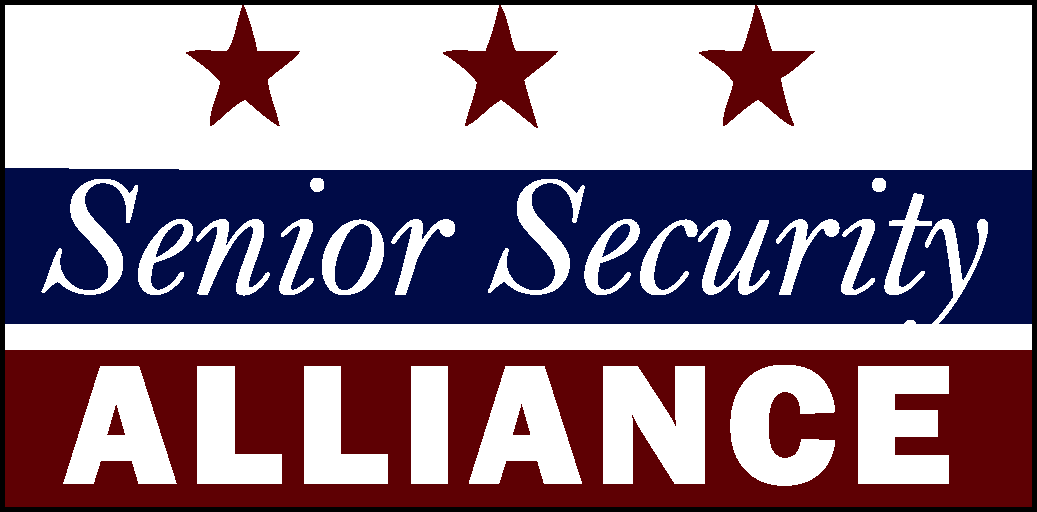There are as many ideas to curb rising healthcare costs in the United States as their are people in the U.S. From regulatory changes to the insurance industry to Pharmacy Benefits Management to increased competition to limiting lawsuits and many many more ideas, some of which are more plausible than others. What we know is that prescription drug price increases exceed inflation in every calendar year. The average prescription drug price increase in 2017 was 8.4% while the rate of inflation was 1.4%!
Ask any doctor and they will verify that their income is not keeping up with the increase in drug costs. Certainly hospitals, medical tests and various procedures can stand to cut costs, but they do not seem to make up the majority of the complaints. What we know is that prescription drug costs are the single highest factor in rising healthcare costs on an annual basis. Not to mention the many people must take medicines on a daily basis, so certainly for them prescription drug prices are the biggest expense in their healthcare costs.
Even once we narrow the problem down to drug costs, there are still many thoughts and proposals.
It seems that there is wide agreement that the current US patent process is at the core of many of our problems. Essentially, “inventors” are given a monopoly for a number of years in exchange for details on how to recreate the invention at the expiration of this time. Yes, you read that right. At the expiration of a patent period, the instructions on how to recreate it are to be made available to the public. Our current patent process allows patents to be resubmitted with only a minor change to the actual patent. This could be a change in instructions, change in ingredients or a change in use. So, that is how you have a drug that has been on the market for 60 years, essentially unchanged see a tremendous increase in price AND a renewed monopoly.
The Patent Trial and Appeals Board was established in 2011 by Congress to review previously approved patents. There are numerous ways to increase their scope to assist the US Patent and Trademark Office with renewing and possibly even reviewing recently approved patents. In the meantime, there are a number of thoughts and suggestions on basic changes to the patent process.
- Investigate all patent rules and how they are specifically applied to the pharmaceutical industry. Why are prescription drug patents given more leeway for renewal than other industries? Is it the lobbying by the pharmaceutical industry?
- Reexamine all existing pharmaceutical patents and ensure they are being handled fairly and that there is as much adherence to the sharing at the end of the patent period as there is to the protection of a patent.
- Prohibit the filing of patents that are non-distinct. When ingredients are similar, the replacement should not warrant a new patent with further potential 20 years of protections
- Consider the limiting of pharmaceutical patents if there is cause to establish different rules for drug patents than for devices.
There has been a recent movement to look at the US Patent Office as a way to curb prescription drug prices and thus our skyrocketing healthcare costs. Many of these ideas sound promising. It is likely that it will require a significant multi-faceted approach to cut our healthcare costs.



